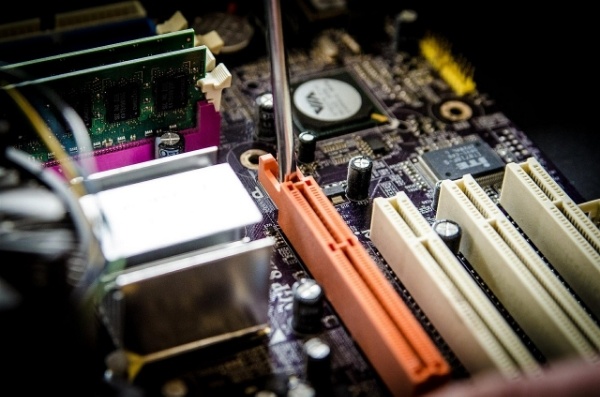
With the onset of cloud computing and mainframe outsourcing, it means that there is less and less need for businesses to continue investing in legacy IT systems. Unless your mainframe is a strategic part of your overall business plan, it might be time to migrate to an outsourced mainframe.
But how do you know when it’s time for your company to make the move? Here are five signs it's time to migrate away from mainframe ownership.
1 - Your Maintenance Costs Continue to Rise
Hardware maintenance and management costs will continue to rise - the longer you leave a legacy system running, the higher the costs run compared to their newer counterparts. Outsourcing your mainframe can create real benefits for your budget, without compromising on functionality. It’s no secret that a large chunk of your IT budget is spent on maintenance. Whether it is legacy applications or the mainframe systems they run on. But if you migrate towards an outsourced infrastructure, you can reduce operational and capital investment expenses, since the need for hardware, maintenance, and upgrades is eliminated.
2 - You Need to Upgrade
Technology is constantly improving and evolving, but your company file server may not be able to keep up. For the future of your business, you’re going to need to upgrade to get the very best functionality and when it comes time to upgrade; mainframe outsourcing is an option worth investigating. Capital expenditure can be converted to operational expenditure, resolving the common challenge of your inability to acquire new IT resources in a timely manner. Since your IT team will no longer be bogged down with mundane tasks like virus scanning and troubleshooting, you can focus on your business and redirect IT staff toward more strategic thinking, planning and researching new opportunities.
3 - You Need Added Flexibility
When you depend on your onsite mainframe, it usually means also managing the hardware and planning duties surrounding it too. Buying new hardware to keep up with increasing demands, trying to offload any unused systems and securing skilled staff to manage everything means you might not have the same level of scalability that’s actually needed to meet your unique business requirements smoothly.
By moving to an offsite solution, your service provider will handle expanding or contracting your IT systems so your business can smoothly and quickly adjust to project-based fluctuations or rapid company growth.
4 - You’ve Committed to Going ‘Green’
Mainframe ownership means your company draws large amounts of energy, only adding to the carbon footprint your business leaves behind. If you’ve committed to corporate responsibility practices like energy savings, then outsourcing your mainframe may be the answer. File servers draw a lot more power than desktops and they also require air conditioning to prevent overheating. Outsourced IT systems are more energy-efficient and eco-friendly, so your business can do its part and uphold sustainable business commitments.
5 - You Need to Realize IT Cost Savings
Fiscal planning will be easier when it comes to IT costs because when you outsource your mainframe, expenses related to physical space and overhead costs as well as labor associated with in-house mainframe maintenance go away. When you outsource, your costs are fixed up-front through the service contract.
Not only that, but your business can access skilled technicians without having to employ them. When it comes time to research the latest and greatest mainframe related industry intelligence, you won’t have to expend high-cost staff time - the right mainframe outsourcing provider will already have that tacit industry knowledge.
Migrating away from mainframe ownership to an outsourced solution can combat rising costs and provide flexibility and efficiency for an organization. Based on the 5 signs above, if it no longer makes sense strategically for an organization to continue their own mainframe operations, outsourcing is the best solution.

